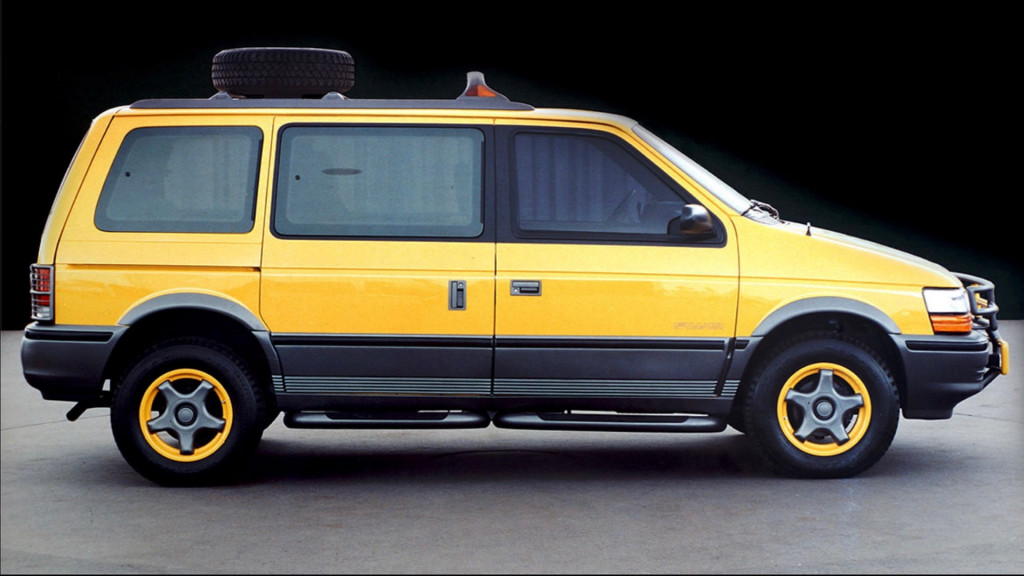Idea, vision and execution. The most overlooked part of many builds and it doesn’t even cost a thing… not in the case of this Pandem 335i E93, though.
Feature first appeared in Fast Car magazine. Words and Photos: Paddy McGrath
It has become such a regular occurrence, that I sometimes think we either don’t notice it any more or purposely choose to overlook it.
I’m talking about cars which suffer with an identity crisis, cars which don’t really know what they’re trying to be. Show cars pretending to be track cars, or track cars built to such a high standard that their owners are frightened to take them out on track. Often this comes about due to improper planning and foresight; when we don’t look far enough down the road to try and see what we really want to build for ourselves.

What normally happens is that we start out excited and eager to put our mark on a new project. Our intentions are always good, but somewhere along the way we get distracted. Sometimes, we do things because we just fancy a change. Other times, we’re sold on a new product that while it doesn’t actually suit our own builds we just want that endorphin kick from buying new parts. I think we would struggle to find anyone who hasn’t been guilty of this at some stage, present company included.
None of this is particularly bad in the grand scale of things, but it’s a defining factor in what separates a good build from a great one. That ability to know from the very start what the long term plan is, and to stick with it religiously until it’s achieved. It takes discipline, for sure, including a lot of self restraint to ensure that you don’t veer off course. Knowing when to stop, is another underrated skill.

BMW 335i E93: The Journey
I don’t think any of this is a problem that Darren Coleman has ever had. He’s a man with a history of great builds behind him, and always knows exactly what he wants to achieve, often before he has even taken ownership of his next project.
BMW’s E93 3-Series convertible might not be the obvious choice in a model range which offers every variant you could ever want; be it coupe, convertible, saloon or estate. It was however the perfect base for what Darren had in mind. For him, he gets his car joy not just from attending and displaying at shows, but the road trip there with friends and family. It doesn’t matter if it’s a show in his home country in Ireland, or if he as to take a ferry across to the UK, half the fun is the
drive there.

Ultimately, this was a car that couldn’t just look the part, but it had to be fun to drive along with being usable on long journeys. Further to all of this, it had to be uniquely Darren’s as well. It’s a pretty long list of requirements, which only served to sharpen his focus.
Your first thought might be that this BMW has a heavy JDM influence, and you would be correct. Darren’s previous project was a Toyota Supra, and he’s surrounded by the Japanese cars of his friends and family. By integrating Japanese touches onto a German car, he has already taken this build in a different direction to most.
To best appreciate this car, I think we should start from the ground up with the 19-inch WORK VSXX which measure in at 14.5-inches at the rear, and 12.5-inches up front. The satin black centres with gloss lips almost disguise their incredible width. Almost. Still, I wouldn’t exactly call them subtle.

There would be zero hope of fitting these under factory bodywork, so Japanese legend Kei Miura (AKA Mr. Rocket Bunny) was called in to supply his full Pandem kit. This kit features exaggerated box-arches, which perfectly complement the E93’s factory lines, as opposed to the more typical rounded arch extensions. To add further aggression to the exterior, an M3 bonnet and rear bumper have been used. The paint, is a custom shade of blue.
Even with the right wheels and bodywork in place, ride height is key to pulling these elements together. As someone who wants to regularly drive his car to obscure places, a static setup would never have worked. Never mind the poor roads around these parts, but best of luck trying to crab your way onto a ferry at low-tide without removing your entire bodykit beforehand.

Thankfully, it’s 2020 (words I don’t believe anyone has written so far this year) and we have been blessed with companies like Air Lift Performance, who will allow you to have your cake and eat it, too. In other words, an air suspension system which offers the perfect static height for shows, a usable driving height for getting there and even the option to raise the car further to clear obstacles or board a ferry, all at the press of a button. What a time to be alive.
On the subject of driving, you might have noticed this isn’t an M3. There’s a good reason for that, which I’ll explain elsewhere, but this Pandem 335i E93 isn’t lacking in power. Some mild upgrades see the 3.0-litre twin-turbo motor produce 450hp, including the subtle addition of twin-HKS mushroom filters. Most impressive is that this car was originally automatic, but has been converted to a six-speed manual.

Inside Job
Inside, things remain deceptively subtle. The standard BMW front seats have been swapped for a pair of lower Recaro seats, sourced from a Honda and appropriately re-trimmed to match the interior. There’s a Nardi steering wheel, some custom carbon fibre trim and a not-so-subtle yellow half-cage.
This last piece is purely functional, and not a ‘show cage’. Otherwise, the first thing to meet the road in case of a rollover with the roof down, would be the top of Darren’s head. Let’s be honest, that doesn’t sound like a good time.
It’s not a huge spec list, but it’s a perfect example that more isn’t always better. The car features absolutely everything it needs to make it special, and not a nut or bolt more. It’s a car which is as comfortable aired out centre stage at any show, as it is on a Sunday drive.

While I’m sure that there are BMW enthusiasts who are thinking it’s sacrilege to go down the JDM route, and Japanese car fans who are probably thinking why didn’t he just start with a Japanese car in the first place, I think that bringing these two worlds together has produced a much more interesting result. It’s not the first time this has been done, but it’s something I hope we see more of in the future.
Above all else, it’s a car which is the result of having a vision. I’m certain that before Darren even drove the car for the first time, he knew that at some stage it would look exactly like this. It didn’t happen overnight – it took him a couple of years – but by plugging away at it, and resisting the temptation to veer off course, he has produced something truly memorable with his Pandem 335i E93.

Tech Spec: Pandem 335i E93
Styling:
Custom blue paint work, full original Pandem wide-body kit, M3 bonnet, M3 rear bumper, Pandem rear spoiler.
Tuning:
N54 3.0-litre twin-turbocharged inline-six, six-speed manual gearbox conversion, HKS intercooler with custom pipework, cat-less downpipes, custom exhaust system, R8 coilpacks with custom made loom, colour coded engine covers, HKS air filters, custom engine mapping by MHD, 450hp.
Chassis:
19×12.5-inch (front) and 19×14.5-inch (rear) WORK VSXX, Air Lift Performance suspension with 3P management, K Sport 8-piston (front) and 6-piston (rear) brakes
Interior:
Custom re-trimmed Recaro front seats, Nardi steering wheel, custom carbon fibre interior trim, custom half-cage, fire extinguisher.











